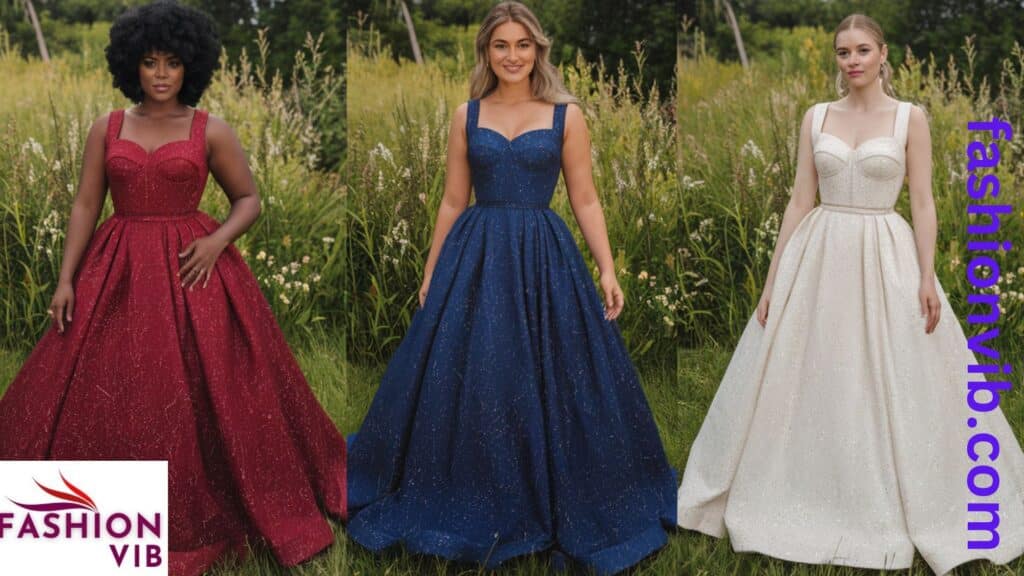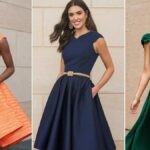Selecting the perfect dress can feel like finding a needle in a haystack. But fear not! This comprehensive guide will equip you with the knowledge to choose the perfect dress that not only flatters your body but also suits the occasion. From fabric choices to style tips, we’ll help you navigate the world of fashion with ease. Let’s dive into the art of selecting the perfect dress and transform you into a confident fashionista.
Know Thyself: Understanding Your Body Shape
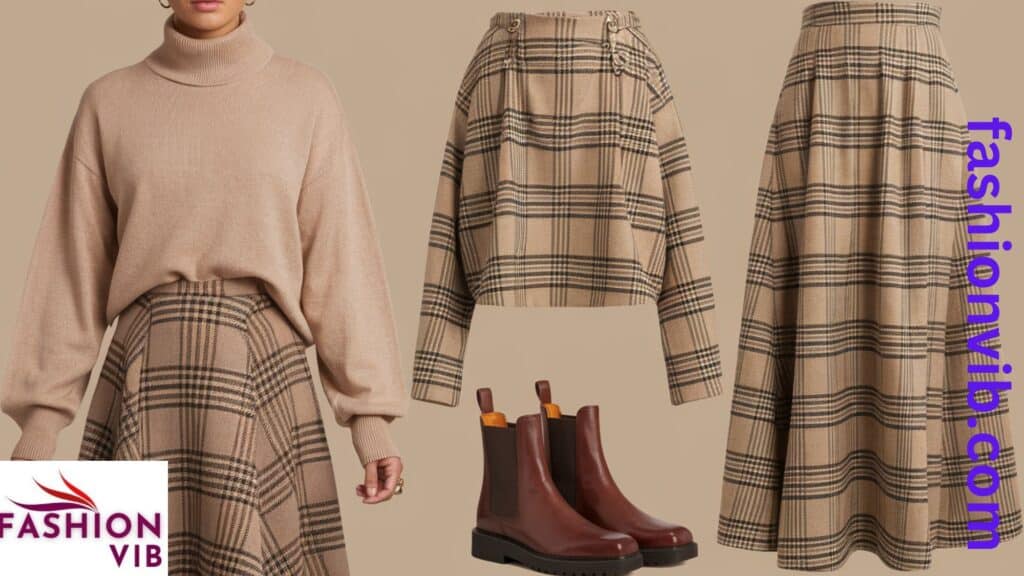
Before you start browsing racks or scrolling through online catalogs, it’s crucial to understand your body shape. This knowledge is the foundation for choosing a dress that will make you look and feel amazing.
Common Body Shapes and Their Characteristics
- Hourglass: Balanced shoulders and hips with a defined waist
- Pear: Hips wider than shoulders
- Apple: Fuller midsection with slimmer legs
- Rectangle: Shoulders, waist, and hips roughly the same width
- Inverted Triangle: Broader shoulders and narrower hips
Identifying Your Best Features
Take a moment to stand in front of a mirror and appreciate your unique attributes. Maybe you have elegant collarbones, toned arms, or shapely legs. Identifying these features will help you choose a dress that accentuates your best assets.
Dresses That Flatter Different Body Types
| Body Type | Ideal Dress Styles |
|---|---|
| Hourglass | Wrap dresses, fit-and-flare, sheath dresses |
| Pear | A-line dresses, empire waist styles |
| Apple | Empire waist, shift dresses, A-line styles |
| Rectangle | Bodycon dresses, peplum styles, wrap dresses |
| Inverted Triangle | A-line dresses, fit-and-flare styles |
Remember, these are guidelines, not hard-and-fast rules. The right dress is ultimately the one that makes you feel confident and beautiful.
Decoding Dress Codes: From Casual to Black Tie
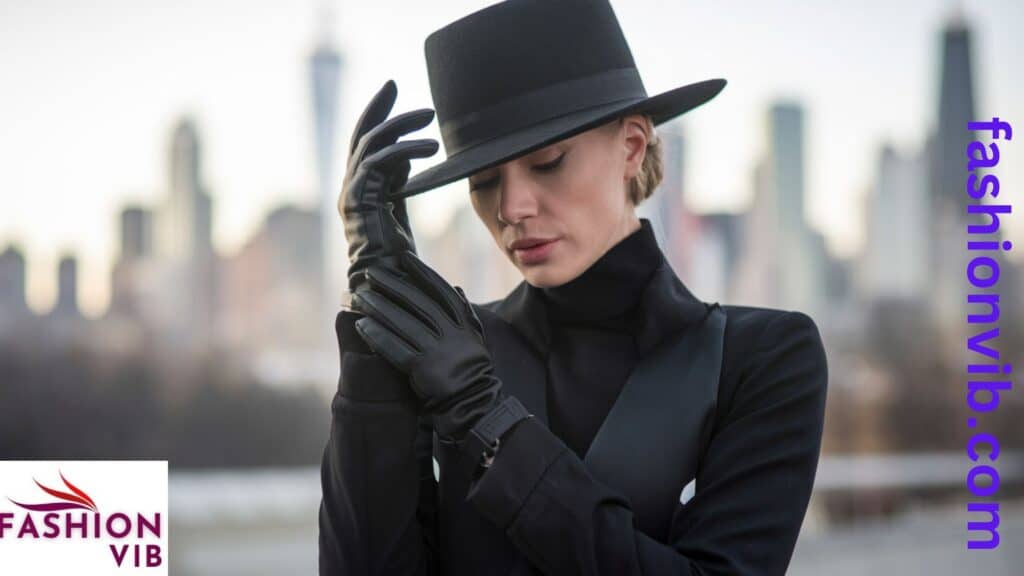
Understanding dress codes is essential when choosing a dress for a specific occasion. Let’s break down common dress codes and their unwritten rules.
Breaking Down Common Dress Codes
- Casual: Think sundresses, maxi dresses, or shirt dresses
- Business Casual: Knee-length sheath dresses or wrap dresses
- Cocktail: Little black dress or a stylish knee-length number
- Semi-Formal: Midi or tea-length dresses in elegant fabrics
- Formal/Black Tie: Floor-length gowns or sophisticated cocktail dresses
Unwritten Rules for Different Occasions
- Wedding Guest: Avoid white, ivory, or anything too flashy that might upstage the bride
- Job Interview: Opt for conservative styles in neutral colors
- First Date: Choose something that makes you feel confident but comfortable
The Versatile Cocktail Dress
When in doubt, a classic cocktail dress is your best friend. It’s the chameleon of the dress world, suitable for a variety of occasions with the right accessories.
“One is never over-dressed or under-dressed with a Little Black Dress.” – Karl Lagerfeld
The Color Conundrum: Choosing Hues That Harmonize
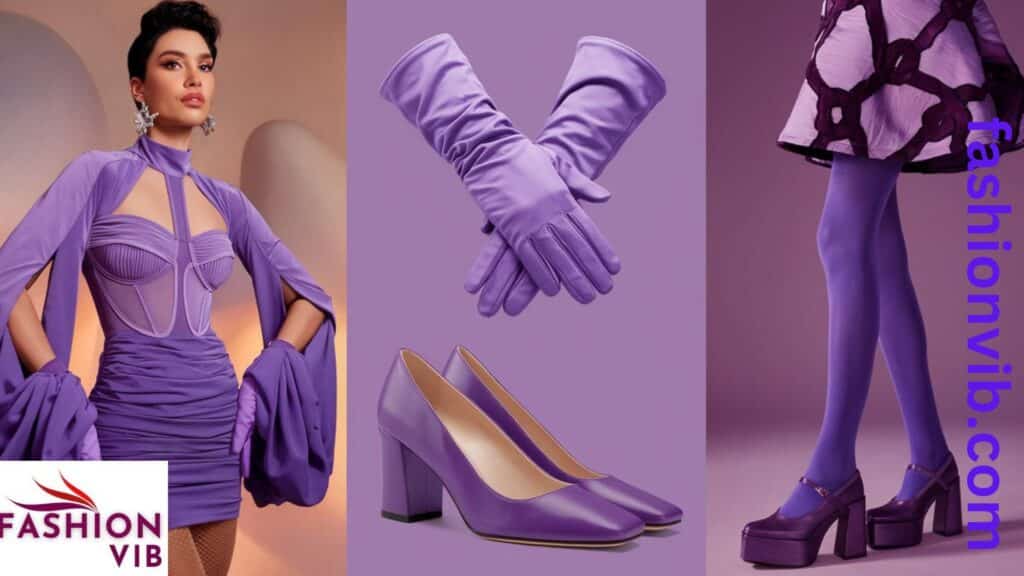
The color of your dress can dramatically impact your overall look. Let’s explore how to choose colors that complement your skin tone and the occasion.
Color Theory Basics for Dress Selection
- Warm Colors: Reds, oranges, yellows – energetic and attention-grabbing
- Cool Colors: Blues, greens, purples – calm and sophisticated
- Neutral Colors: Black, white, gray, beige – versatile and classic
Skin Tone and Hair Color Considerations
- Warm Undertones: Gold jewelry looks best on you
- Ideal Colors: Earthy tones, warm reds, coral
- Cool Undertones: Silver jewelry complements your skin
- Ideal Colors: Jewel tones, cool blues, crisp whites
- Neutral Undertones: Both gold and silver look good
- Ideal Colors: Most colors work well, especially muted shades
Seasonal Color Palettes and Their Impact
- Spring: Light and bright colors (pastel pink, sunny yellow)
- Summer: Soft and muted colors (powder blue, lavender)
- Fall: Rich and warm colors (burgundy, forest green)
- Winter: Bold and intense colors (royal blue, deep purple)
Fabric Matters: Textures and Their Tales
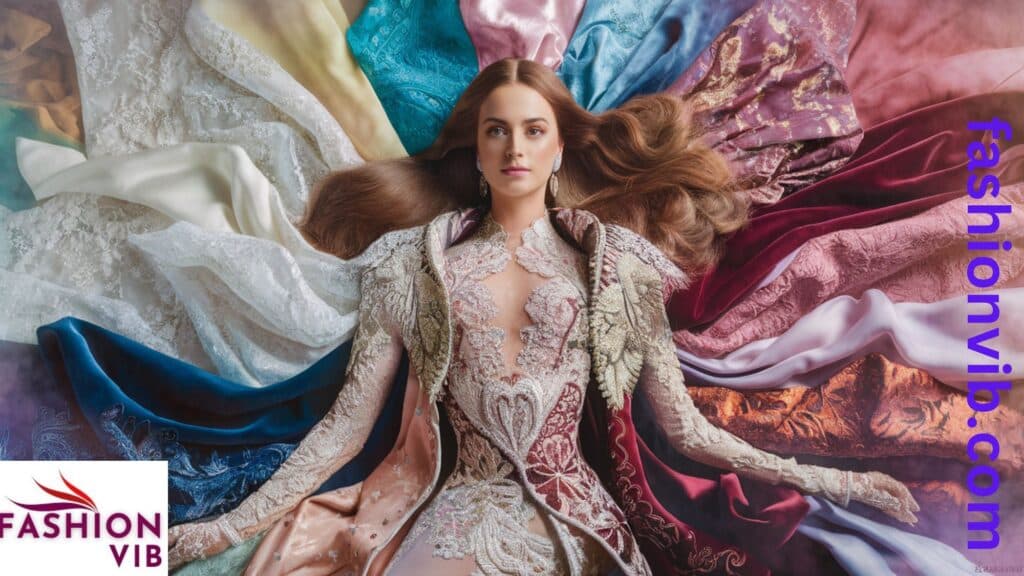
The fabric of your dress plays a crucial role in both appearance and comfort. Let’s explore popular dress fabrics and how to choose them wisely.
Popular Dress Fabrics and Their Properties
- Cotton: Breathable, comfortable, casual
- Silk: Luxurious, smooth, formal
- Chiffon: Lightweight, flowy, romantic
- Velvet: Plush, warm, elegant
- Linen: Breathable, casual, prone to wrinkling
Matching Fabrics to Seasons and Occasions
| Season | Ideal Fabrics | Occasions |
|---|---|---|
| Spring | Cotton, Linen | Outdoor events, casual gatherings |
| Summer | Chiffon, Light Cotton | Beach weddings, garden parties |
| Fall | Wool, Velvet | Work events, formal dinners |
| Winter | Velvet, Heavy Silk | Holiday parties, black-tie events |
Comfort vs. Style: Finding the Sweet Spot
While it’s tempting to prioritize style over comfort, remember that confidence comes from feeling at ease in your outfit. Opt for fabrics that suit the occasion but also allow you to move, sit, and dance comfortably.
Silhouettes and Styles: The Anatomy of a Dress
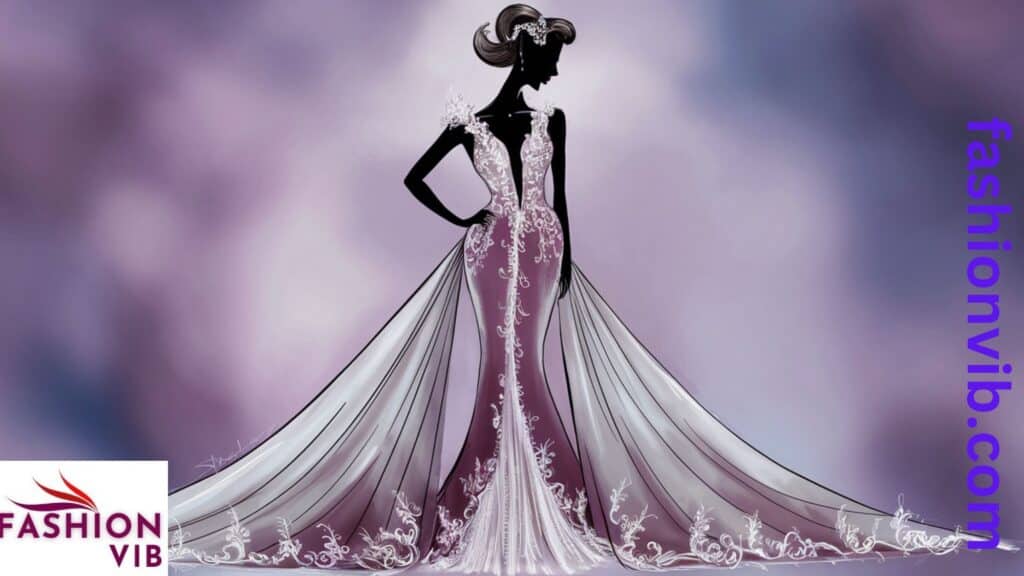
Understanding different dress silhouettes is key to finding styles that flatter your body type and suit the occasion.
Classic Dress Silhouettes Explained
- A-line: Fitted at the top, flaring out towards the hem
- Sheath: Form-fitting from shoulder to knee
- Empire: High waistline just below the bust
- Wrap: Crosses over at the front and ties at the waist
- Shift: Hangs straight down from the shoulders
Trending Styles and Their Staying Power
- Off-the-shoulder: Romantic and feminine, suitable for various occasions
- Slip dress: ’90s-inspired, versatile for layering
- Midi dress: Hitting mid-calf, a perfect balance of modesty and style
Mixing and Matching Elements for a Unique Look
Don’t be afraid to combine elements from different styles. For example, an off-the-shoulder A-line dress or a wrap-style midi can create a unique and personalized look.
Accessorize to Customize: Elevating Your Dress Game
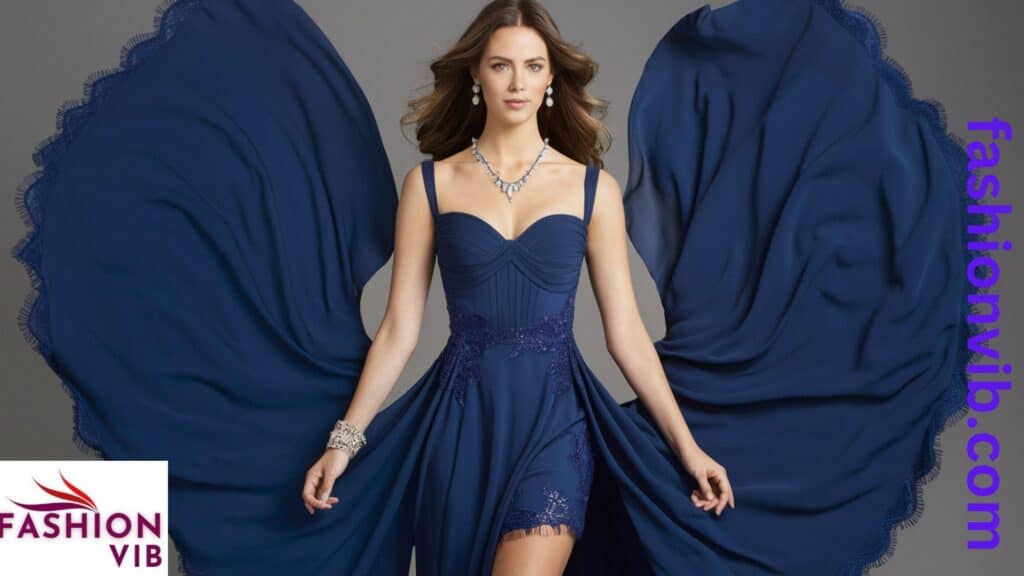
The right accessories can transform a simple dress into a show-stopping ensemble. Let’s explore how to accessorize effectively.
The Power of the Right Shoes
- Heels: Elongate the legs and add formality
- Flats: Comfortable for all-day wear, suitable for casual dresses
- Wedges: Offer height with more stability, great for outdoor events
Jewelry: Less is More, or Go Bold?
- For intricate dresses, opt for minimal jewelry
- With simple dresses, statement pieces can add personality
- Consider the neckline when choosing necklaces
Bags, Belts, and Other Dress-Enhancing Accessories
- A belt can define the waist in loose-fitting dresses
- Clutches for formal events, crossbody bags for casual outings
- Scarves can add color and interest to simple dress styles
Budget-Friendly Brilliance: Looking Great Without Breaking the Bank
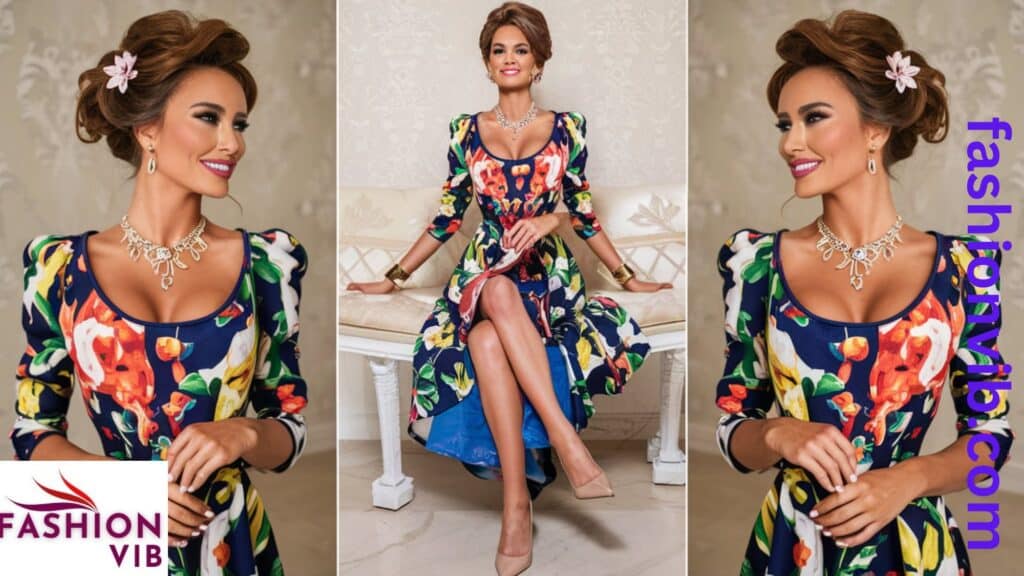
You don’t need to spend a fortune to look fabulous. Here are some tips for smart dress shopping.
Investment Pieces vs. Trendy Finds
- Invest in classic styles that you’ll wear for years
- Experiment with trends through more affordable options
Thrifting and Vintage Shopping Tips
- Know your measurements
- Look for quality fabrics and construction
- Be open to alterations for the perfect fit
Renting Dresses: When It Makes Sense
- Ideal for one-time formal events
- Allows you to wear designer dresses at a fraction of the cost
- Great for trying out styles before committing to a purchase
The Try-On Trifecta: Fit, Feel, and Confidence
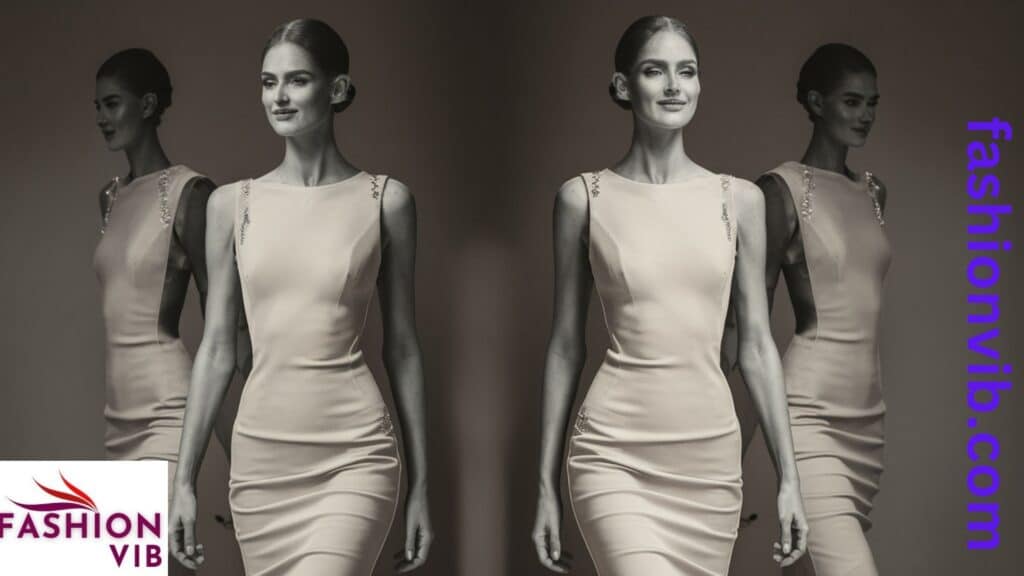
The ultimate test of any dress is how it feels when you put it on. Here’s what to consider during the try-on process.
The Importance of Proper Fit
- Ensure the dress isn’t too tight or too loose
- Check for gaping at the neckline or armholes
- Make sure you can move comfortably
Alterations: When They’re Worth It
- Simple alterations like hemming can transform a dress
- Consider the cost of alterations when budgeting for a dress
- Some high-end stores offer free or discounted alterations
The Confidence Factor: If You Feel Great, You’ll Look Great
- Trust your instincts – if a dress makes you feel amazing, it’s likely the right choice
- Don’t be swayed by trends if they don’t make you feel confident
- Remember, confidence is the best accessory
Sustainable Style: Choosing Dresses with a Conscience
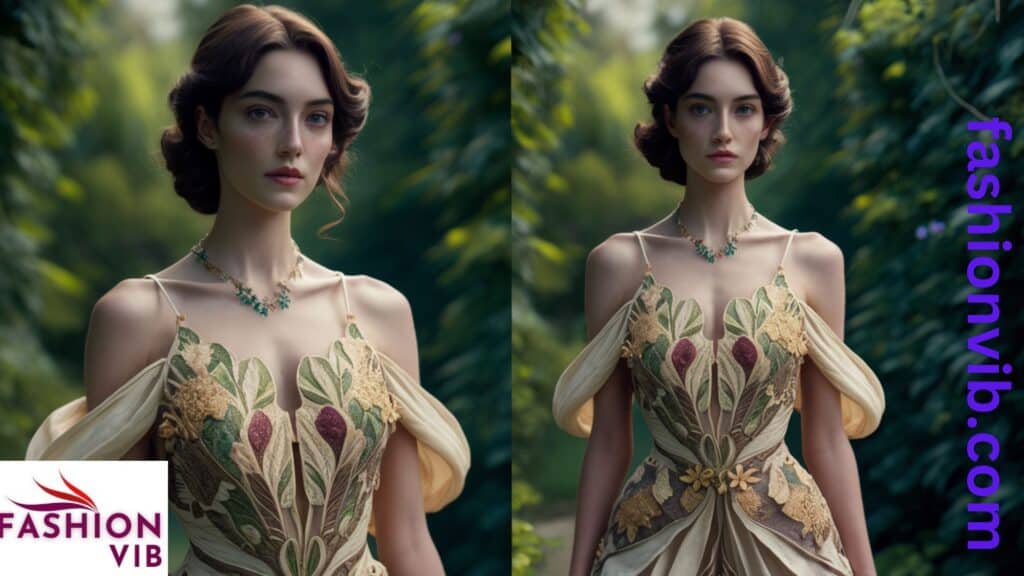
In today’s world, considering the environmental impact of our clothing choices is increasingly important.
Eco-Friendly Fabrics and Production Methods
- Look for organic cotton, Tencel, or recycled polyester
- Consider brands that use low-impact dyes and ethical production methods
Brands Leading the Charge in Sustainable Fashion
- Reformation
- Everlane
- Patagonia
- Stella McCartney
Caring for Your Dresses to Extend Their Life
- Follow care instructions carefully
- Invest in proper hangers to maintain shape
- Consider hand-washing delicate fabrics
Special Considerations: Dressing for Unique Occasions
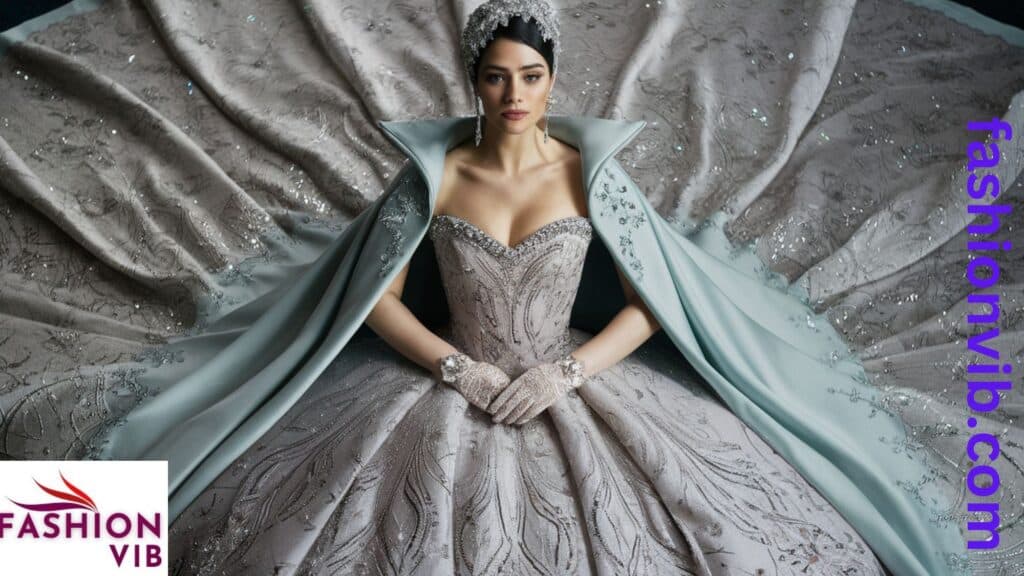
Some occasions require extra thought when choosing a dress. Let’s look at a few common scenarios.
Wedding Guest Etiquette: Dos and Don’ts
Do:
- Consider the venue and time of day
- Opt for festive colors and fabrics
Don’t:
- Wear white or anything too similar to bridal attire
- Choose anything too revealing or casual
Job Interviews: Making the Right First Impression
- Opt for conservative styles in neutral colors
- Ensure the dress is appropriate for the company culture
- Pair with polished accessories for a professional look
Cultural Events: Respecting Traditions While Expressing Yourself
- Research cultural dress norms beforehand
- When in doubt, err on the side of modesty
- Consider incorporating traditional elements into your outfit
The Ultimate Dress-Choosing Checklist

Before you make your final decision, run through this checklist to ensure you’ve considered all aspects of choosing the perfect dress.
- Is it appropriate for the occasion?
- Does it flatter my body type?
- Is the color complementary to my skin tone?
- Is the fabric suitable for the season and event?
- Do I feel comfortable and confident in it?
- Does it fit well, or will it require alterations?
- Is it within my budget?
- Does it align with my personal style?
- Can I wear it multiple times or style it different ways?
- Is it made ethically and sustainably (if this is a priority for me)?
Conclusion: Dressing for Success and Self-Expression
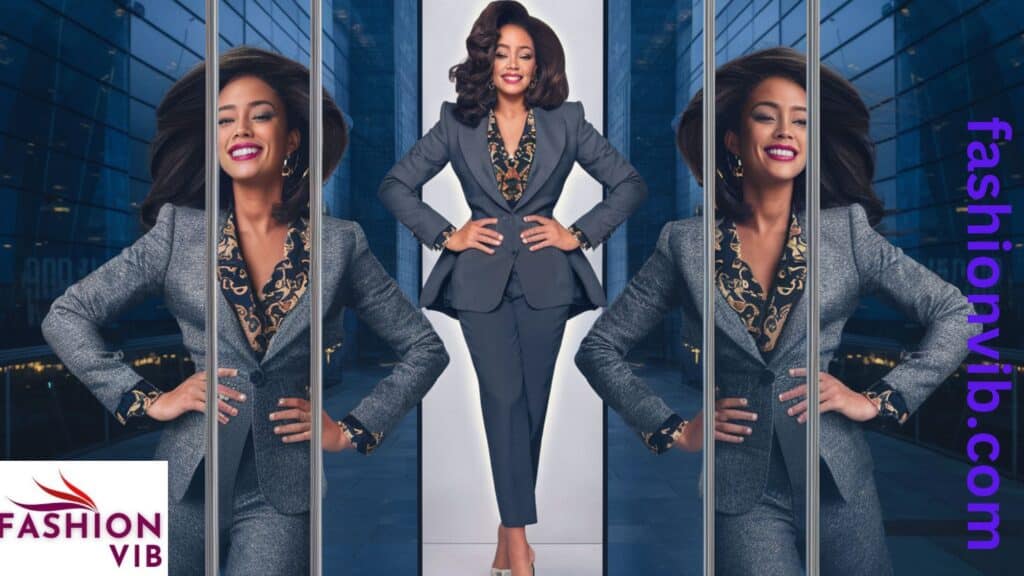
Choosing the right dress is an art form that combines understanding your body, the occasion, current trends, and your personal style. Remember, the perfect dress is one that makes you feel confident, comfortable, and ready to take on the world.
Whether you’re selecting a casual sundress for a weekend brunch or a glamorous gown for a black-tie event, the principles remain the same: know yourself, understand the occasion, and trust your instincts.
Fashion is a form of self-expression, so don’t be afraid to experiment and have fun with your choices. After all, the right dress isn’t just about looking good – it’s about feeling amazing in your own skin.
“Fashion is the armor to survive the reality of everyday life.” – Bill Cunningham
So go forth, armed with this knowledge, and find that perfect dress that will make you look and feel like the best version of yourself. Happy dress hunting!

James is a seasoned fashion blogger with over a decade of experience in the industry. His keen eye for trends and insightful commentary make him a trusted voice in fashion. Passionate about style evolution, James combines his extensive knowledge with a unique perspective, offering readers fresh and engaging content. Follow his journey as he navigates the ever-changing world of fashion on Fashion Vib.

